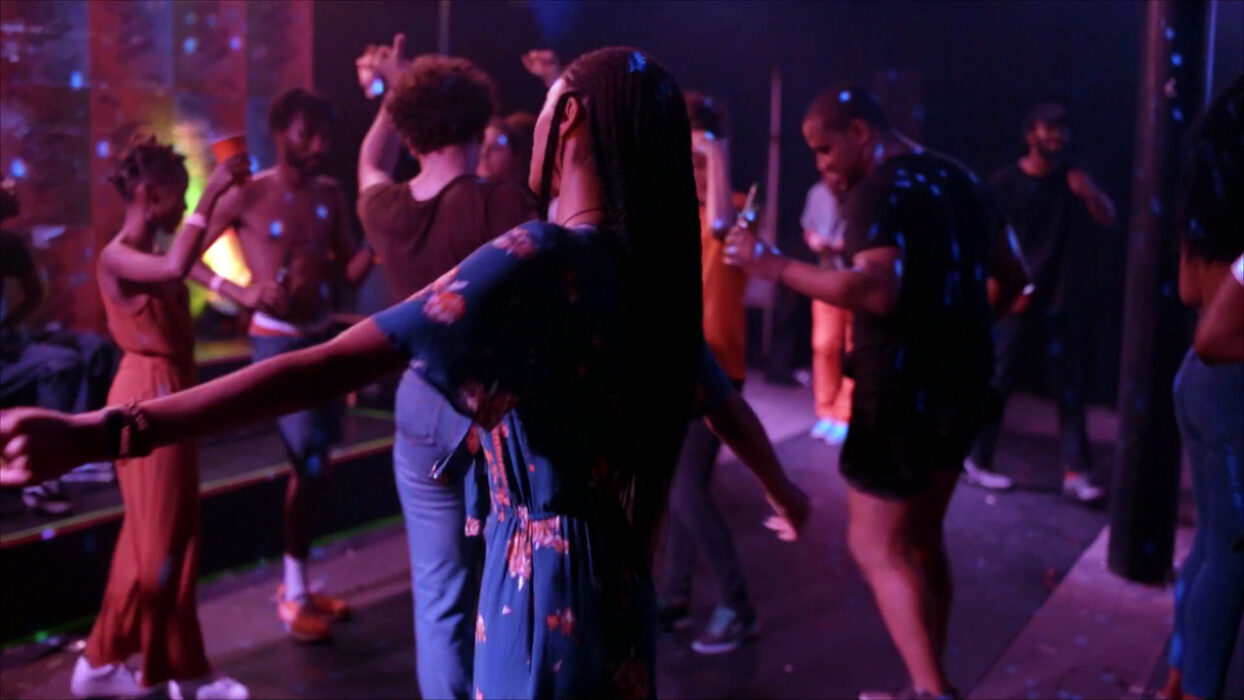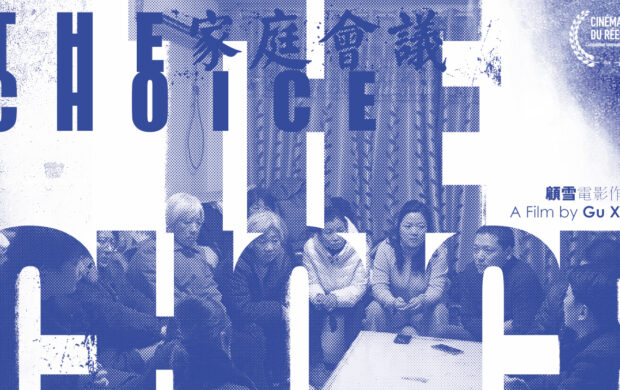Bring Down The Walls
- 2020
- United States, Germany
- 88 min
- English
SPECIAL MENTION ORIGINAL MUSIC AWARD
The prison industrial complex in the US through the lens of house music and nightlife; the dance floor as a space of personal and collective liberation, and new ways in which we could come together as a society.
To understand the link that makes the very angry statement of Bring Down The Walls so magnificent and joyful throughout, we need to go back to the mid-1980s. While the American prison system had been evolving, since Nixon, into an aberrant machine producing social and racial discrimination, the embers of the egalitarian ideal dreamt of by disco were being rekindled in Manhattan, Chicago and New Jersey, in a sort of art bearing the welcoming name of “house music”. Bring Down the Walls was the title of an emblematic piece that dreams of using the beat of the drum machine to demolish the invisible walls of a society whose main victims found a home in house music (mostly black, mostly homosexual). Some thirty years later, Phil Collins took this title for the name of a large-scale collaborative project (including a film), determined to bring down very real walls: more precisely, the walls of the penitentiary complex, whose destructive work had not declined. Over several days, Bring Down The Walls gave voice to those advocating this dismantlement, while its nights were given over to dancing, under the same roof, to the sound of classic house tracks. By choosing to allocate equal film time to the discussions and jacking, Collins does justice to the very political beauty of dancing, and we would be mistaken to see it as nothing more than a recreational interlude: what is shown, with a rare elegance, is the purest and most communicative expression of freedom. Somewhere between Frederic Wiseman and Larry Levan, it is objectivity according to Phil Collins: five minutes for speaking, five minutes for partying.
Jérôme Momcilovic
- Production : Siniša Mitrović (Shady Lane Productions)
- Photography : Elise Florenty, Marcel Türkowsky
- Sound : Jochen Jezussek
- Print contact : Shady Lane Production, info@shadylaneproductions.co.uk






